
English Language Arts

Elements of Poetry
In this interactive lesson, discover how literary techniques like figurative language, imagery, and symbolism contribute to the overall meaning of a poem. (Grades: 6-12)

Acceptance and the Merchant of Venice
In these videos from Shakespeare Uncovered, explore what it means to be an outsider and the impact of persecution. (Grades: 6-12)

Video Production - Behind the Scenes with the Pros
KET producer, writer, and host Renee Shaw discusses the importance of good writing skills in production. (Grades: 4-12)
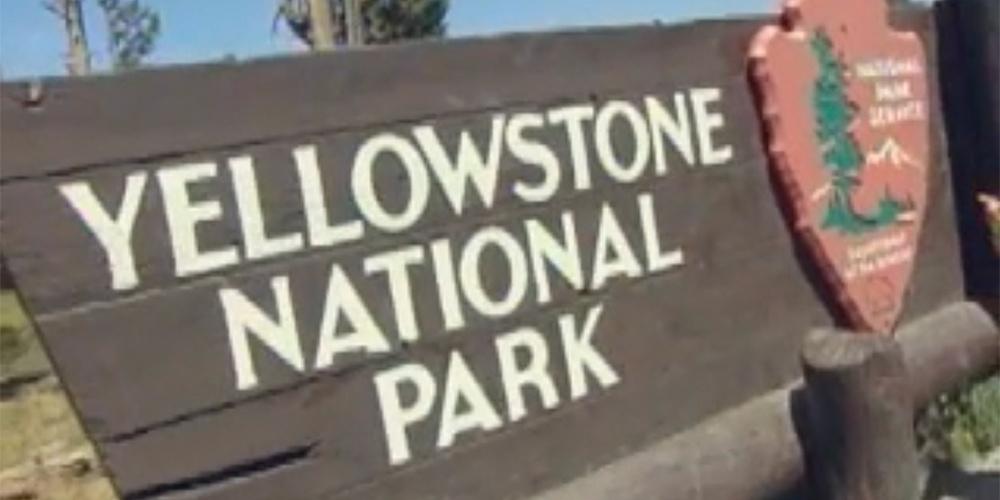
A Visit to Yellowstone
In this video segment adapted from ZOOM, a young guide offers viewers a tour of the park and explains how Earth's internal heat fuels geothermal formations. (Grades: 3-8)

Maya Angelou: And Still I Rise "Caged Bird"
Through discussion questions and a short activity, students analyze the poem by doing a close read of the text and examine the literary techniques used. (Grades: 7-12)
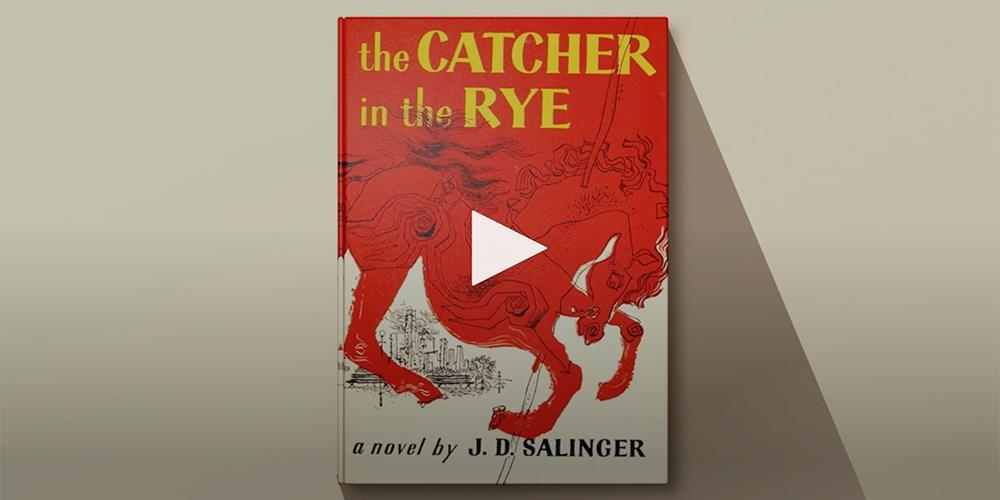
The Catcher in the Rye and First Person Narrative
J.D. Salinger’s novel gave a voice to the rise of discontent in American popular culture. it shed light on the power of first-person narratives. (Grades: 6-12)
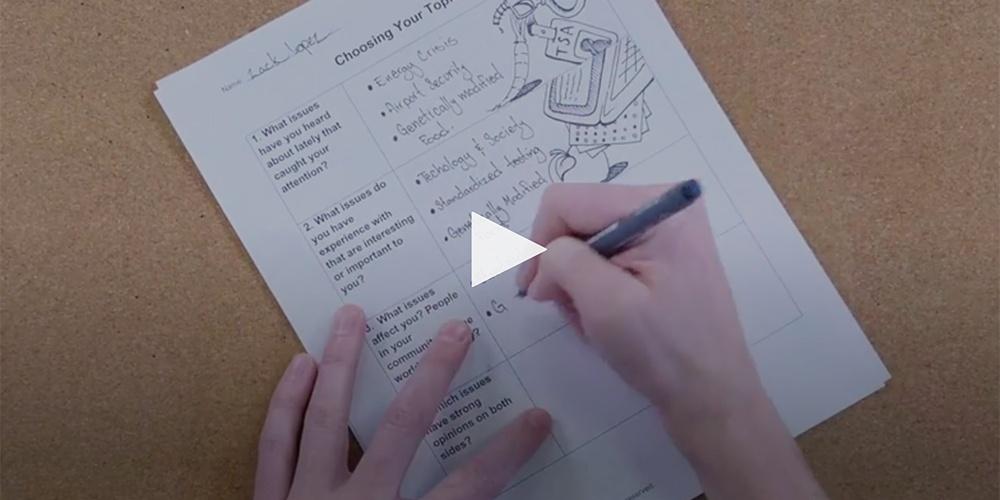
How to Write an Argumentative Essay
Building an argument takes planning, skill, and a good topic. This video demonstrates the steps in building an exemplar essay. (Grades: 6-12)
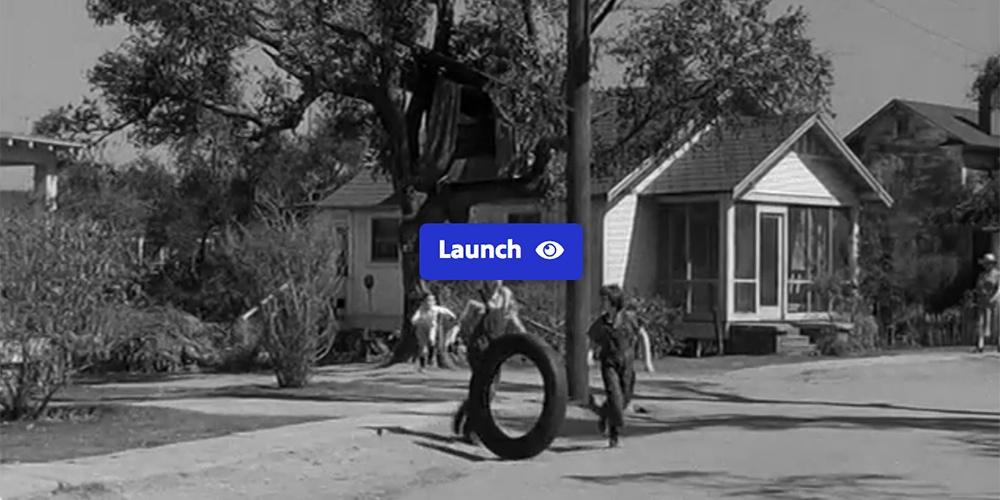
Setting in To Kill a Mockingbird
In this interactive lesson, students explore the importance of setting in literature and apply their learning to the novel To Kill a Mockingbird by Harper Lee. (Grades: 7-12)
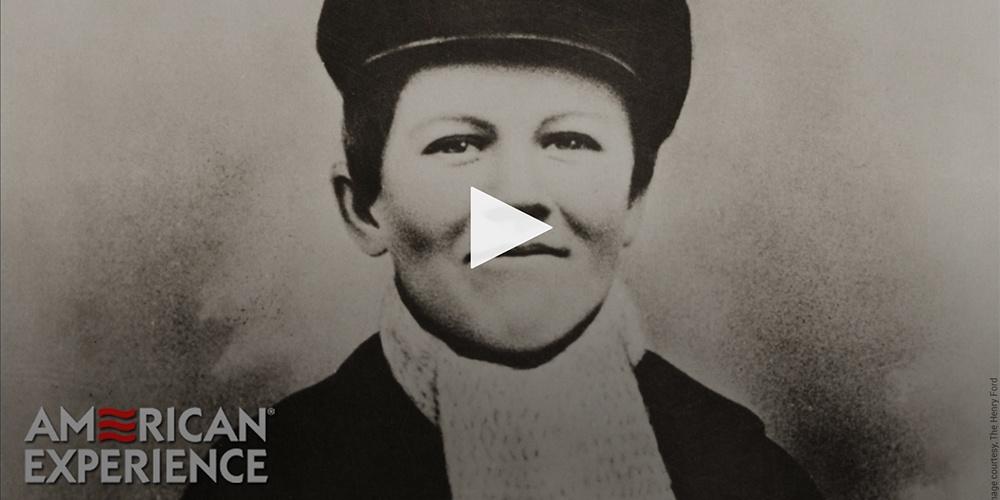
Edison—Boyhood and Teen Years
Find out how young Thomas Edison’s curiosity got him into trouble, and how, during his teen years, he lost his hearing but gained confidence as an aspiring inventor. (Grades: 5-8)

The Operatic Moods of Lady MacBeth
This excerpt from Verdi’s Macbeth presents the character of Lady Macbeth as she manipulates her husband and reflects to herself when she is alone with her thoughts. (Grades: 6-12)

Symbolism - Keely's Mountain
Students are introduced to Keely, who feels that her identity as a Nipmuc Native American is weakened because there is no strong Nipmuc community around her. (Grades: 5-8)

Building the Pyramids of Ancient Egypt
In this blended lesson supporting literacy skills, students learn how historians think the pyramids were built and why they were built. (Grades: 5-8)
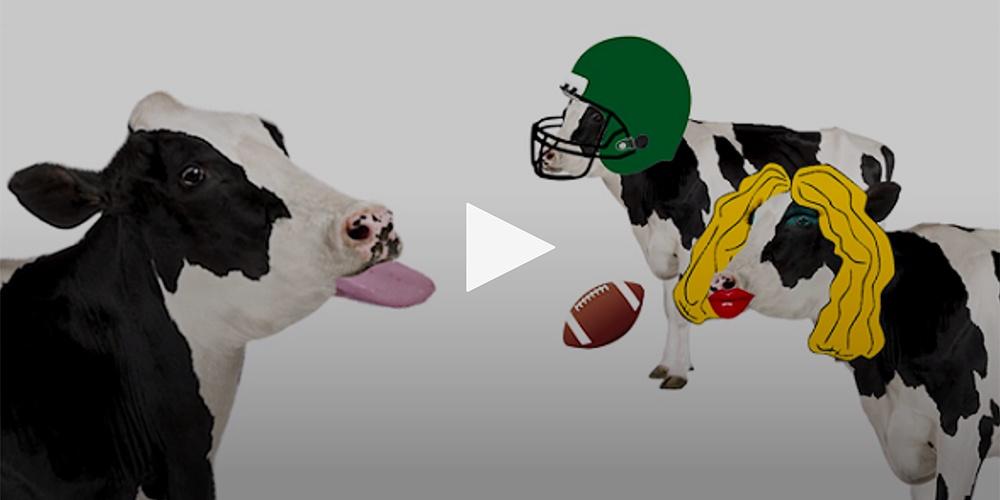
How to Avoid Inappropriate Shifts — No Nonsense Grammar
Watch out for inappropriate shifts! A shift is when there is a disparity between the perspectives, from first person, second person, and third person. (Grades: 3-8)

Who Owns a Sound?
Students learn about the debate over electronic sampling in music and look at how copyright law affects people on both sides of the issue. (Grades: 5-8)

Identifying “Fake” News — Common Sense Education
What is “fake” news? How do we know it’s false? Use these resources to help students investigate the way information is presented so that they can analyze what they read and see on the web. (Grades: 6-13+)

Literary Elements and Techniques | Tone and Mood
Explore the difference between tone and mood through definitions and examples from poetry and prose. (Grades: 5-12)
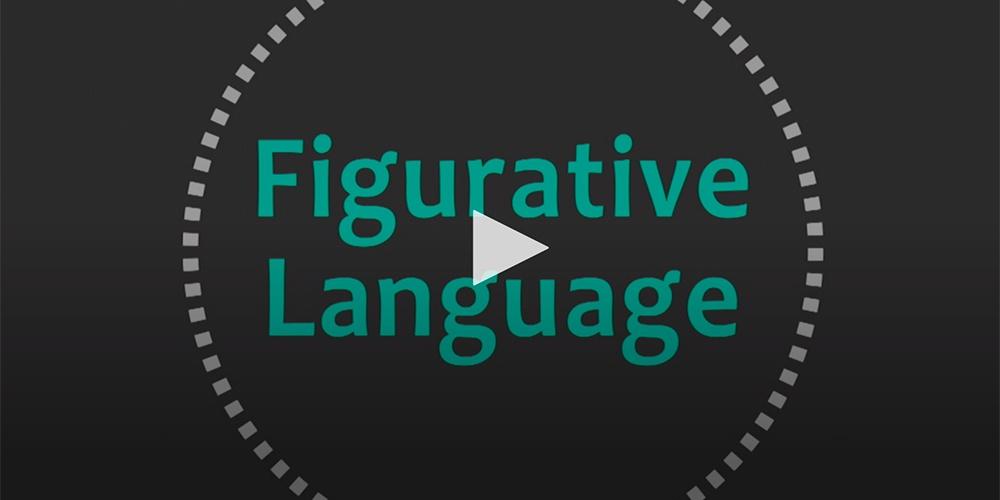
Literary Elements and Techniques | Figurative Language
Discover how authors use figurative language to enhance their writing and explore the differences between similes and metaphors in this animated video. (Grades: 5-12)

Literary Elements and Techniques | Symbolism
Explore how authors use symbolism to add a deeper level of meaning to their work in this short animated video. (Grades: 5-12)

Reporting from Multiple Sources - Role of Dogs in Society
Students take notes to organize relevant facts and ideas from three video segments about the roles dogs play in different cultures or societies. (Grades: 5-8)

Hyphenation Conventions
Hyphens indicate specific nouns from compound words. Without them, they could refer to completely different things! Know when and how to use them. (Grades: 2-12)
Mathematics
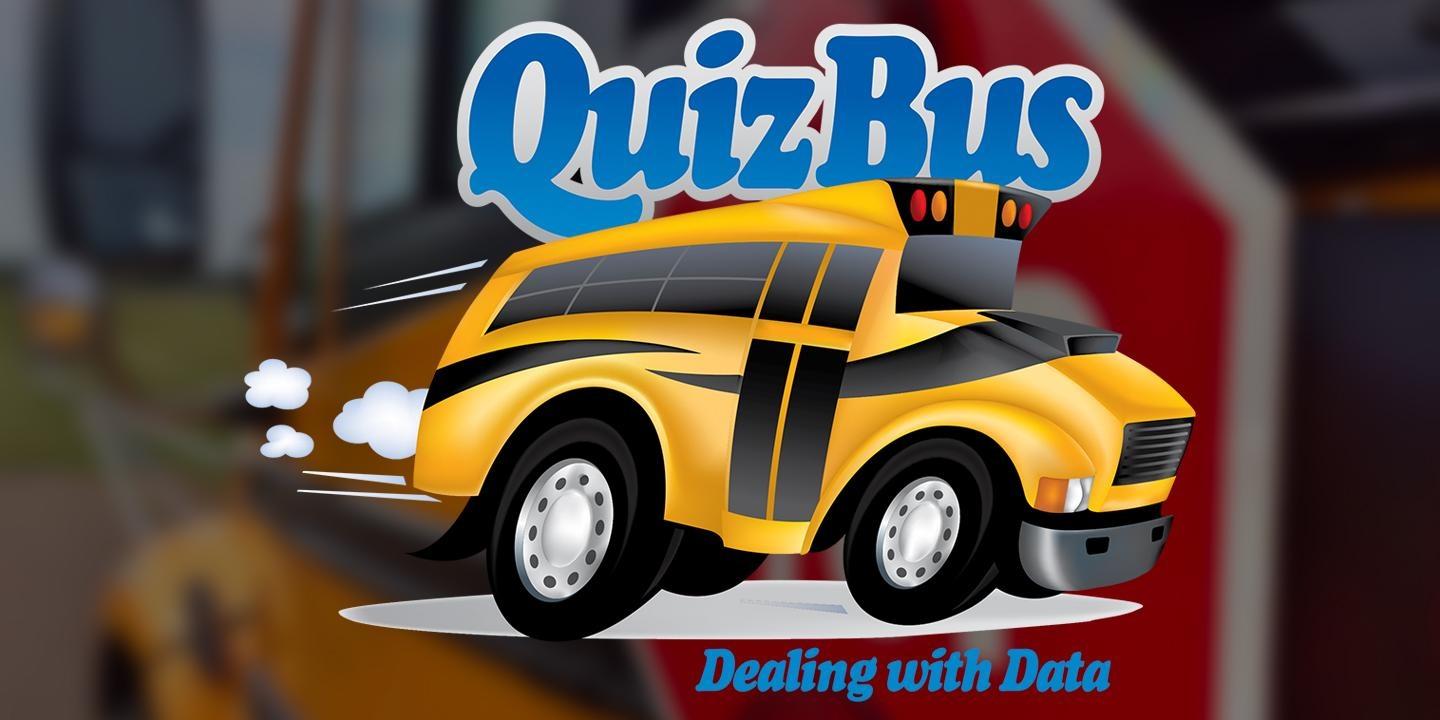
QuizBus: Dealing with Data
Students practice collecting data, presenting it in an understandable fashion, analyzing the data through graphing. (Grades 3-8)
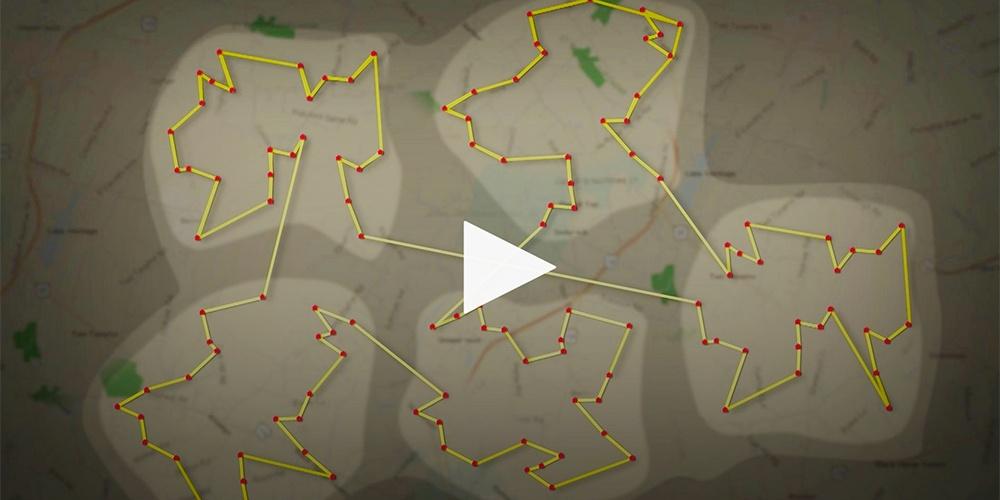
Making Stuff Faster: The Math behind Package Delivery — Nova
Learn how UPS, a global package delivery company, has developed an algorithm to schedule routes for its delivery trucks in this video from NOVA: Making Stuff Faster. (Grades: 6-12)
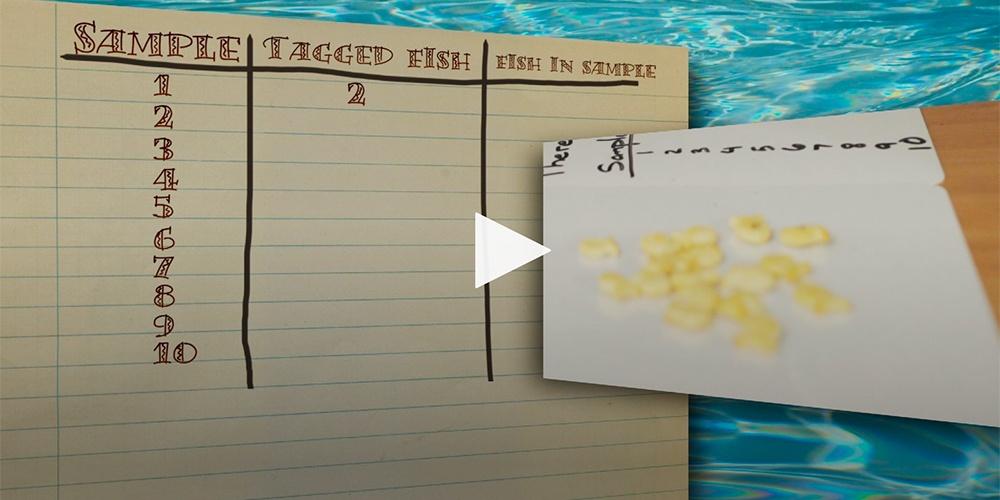
Random Sampling: How Many Fish?
Experiment with random sampling methodology using goldfish crackers. (Grades: 6-7)

Reroofing Your Uncle's House
Predict the correct amount of roofing material needed to reroof a house while learning about the importance of proper planning. (Grades: 6-12)
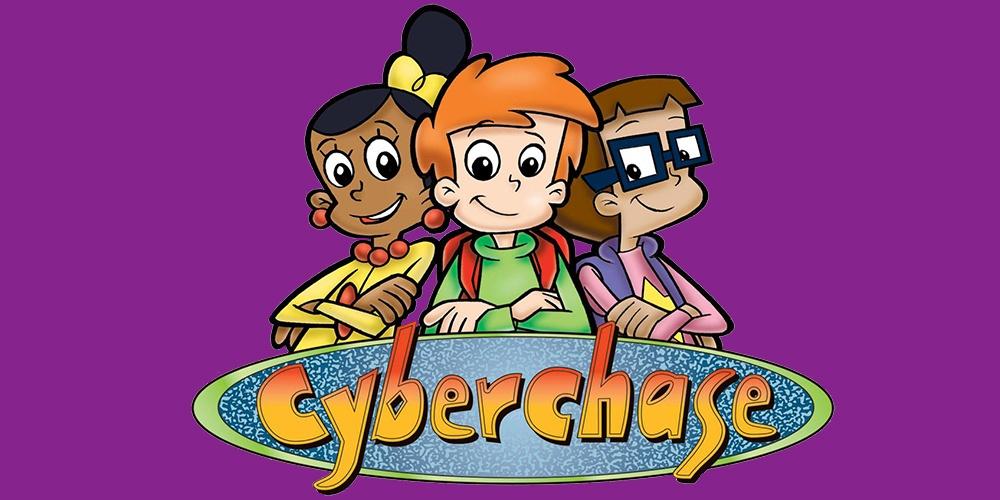
Plotting Pairs of Coordinate Points — Cyberchase
Students learn about and practice graphing, plotting points, drawing line segments, and finding the coordinates of points of intersection. (Grades: 5-8)
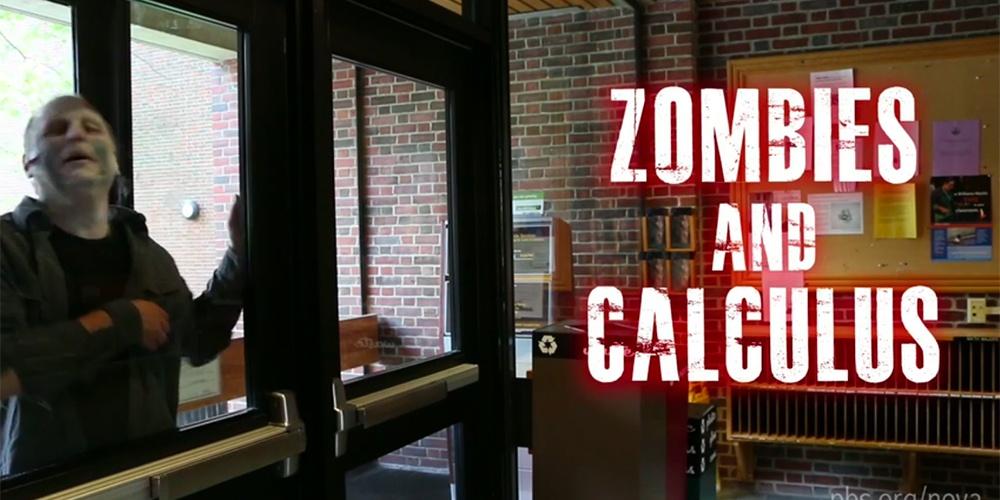
Zombies and Calculus, Part 1
Learn about the math behind predator-prey population cycles in this video from NOVA Digital. (Grades: 6-12)
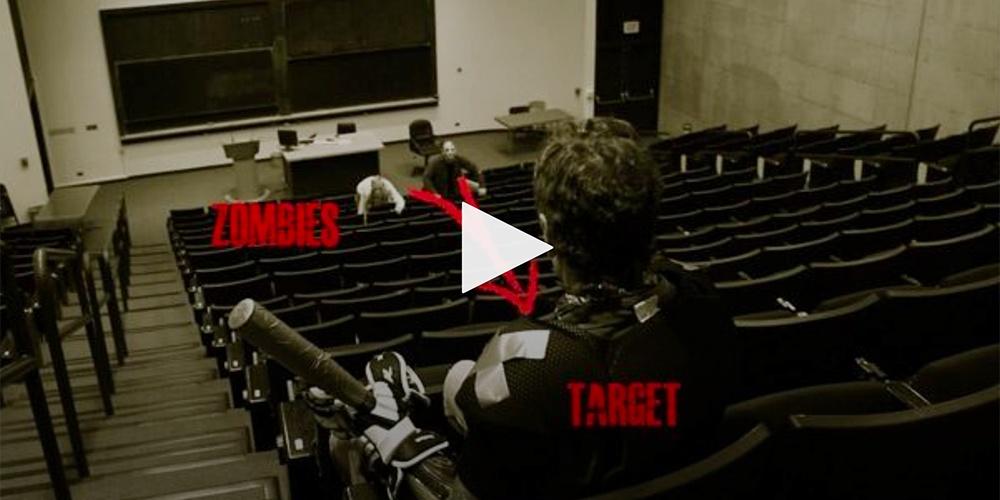
Zombies and Calculus, Part 2
In this hypothetical world, zombies always move straight toward humans. This means that the tangent vector of a zombie's path points at the intended target. (Grades: 6-12)
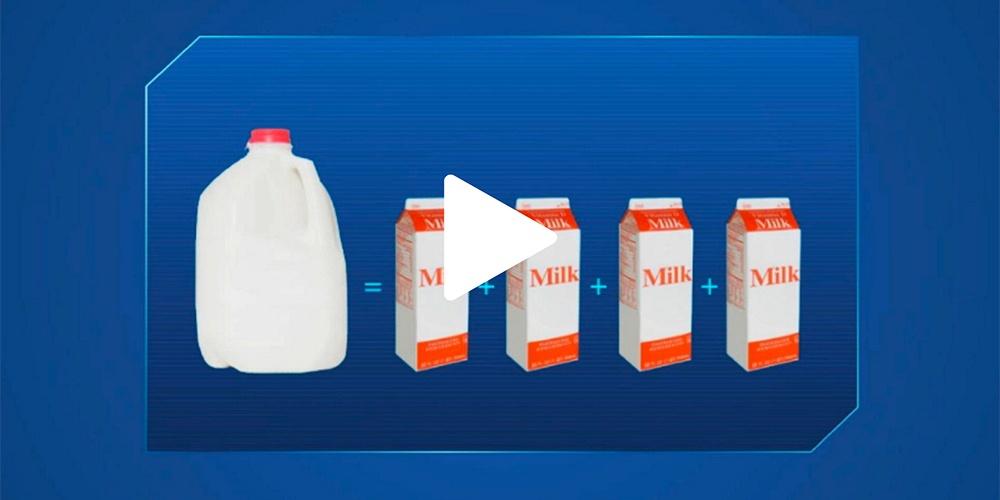
Liquid Volume, Milliliters and Liters
In this Cyberchase Media Gallery, explore key concepts about liquid volume, including standard units of liquid measure and how to convert between them. (Grades: 5-6)
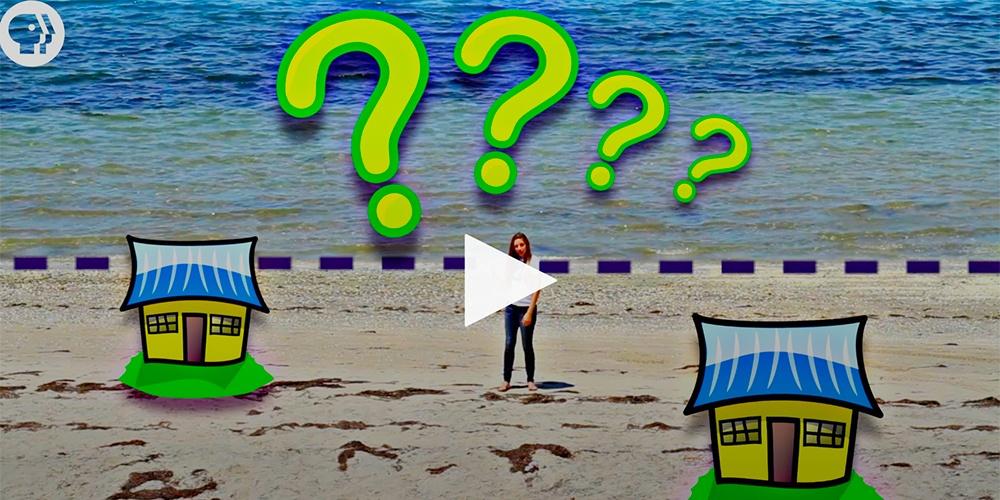
Can You Solve This Pier Puzzle?
This math brainteaser challenges you to find a simple, elegant solution to a seemingly complex problem! Can you figure it out? (Grades: 6-12)
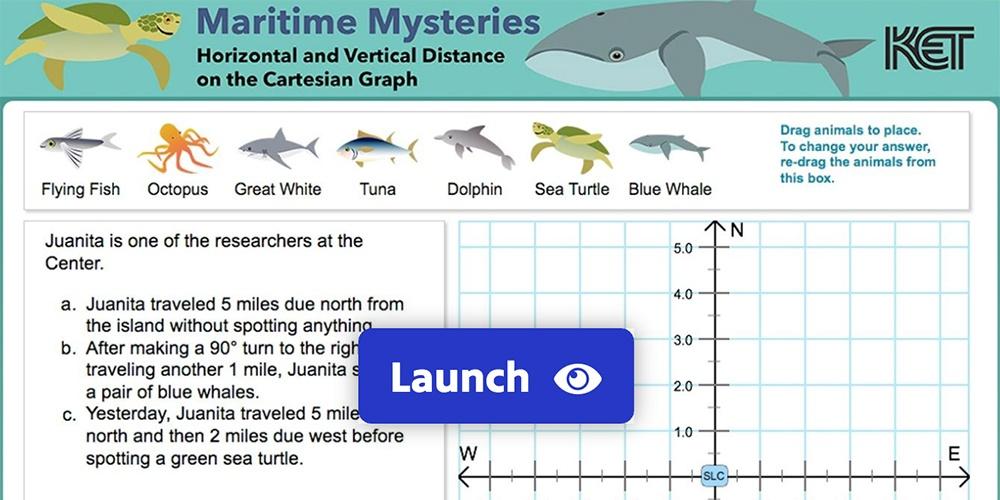
Horizontal and Vertical Distances on the Cartesian Graph
In this interactive, students use logic and mathematical skill to place aquatic animals at locations on a Cartesian graph with cardinal directions. (Grades: 5-6)

The Really Big Shoe Sale
Use what you know about percents, ratios, and proportions to figure out the sale price in this real world application of math. (Grades: 4-6)

Order of Operations: Flocabulary's PEMDAS Lesson
Watch and listen to a recitation of the order of operations set to hip-hop music. (Grades: 5-6)

Beat the Odds
This interactive exercise focuses on calculating the probabilities of random events and playing a game where you bet virtual money on the outcome of random events. (Grades: 6-7)
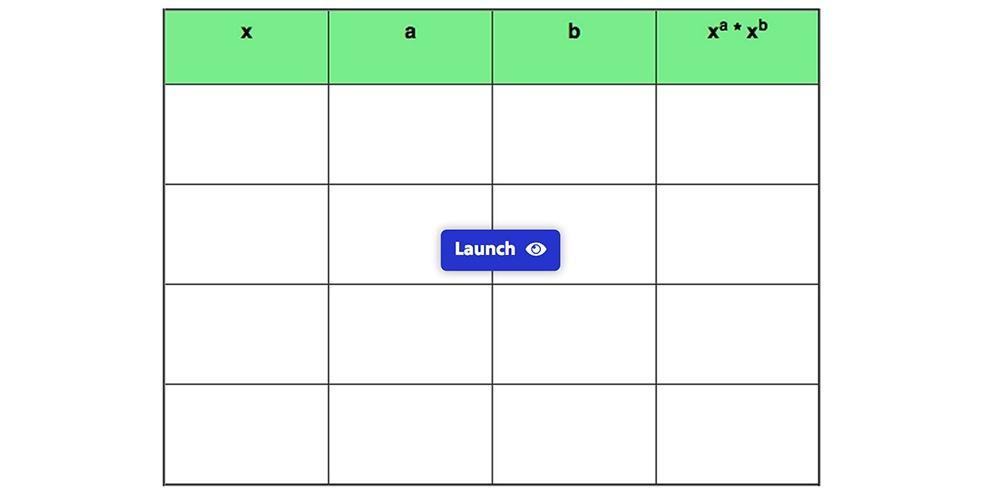
Equivalent Expressions Using Exponents
Apply your critical thinking skills to learn about multiplication and division of exponents. (Grades: 8-9)
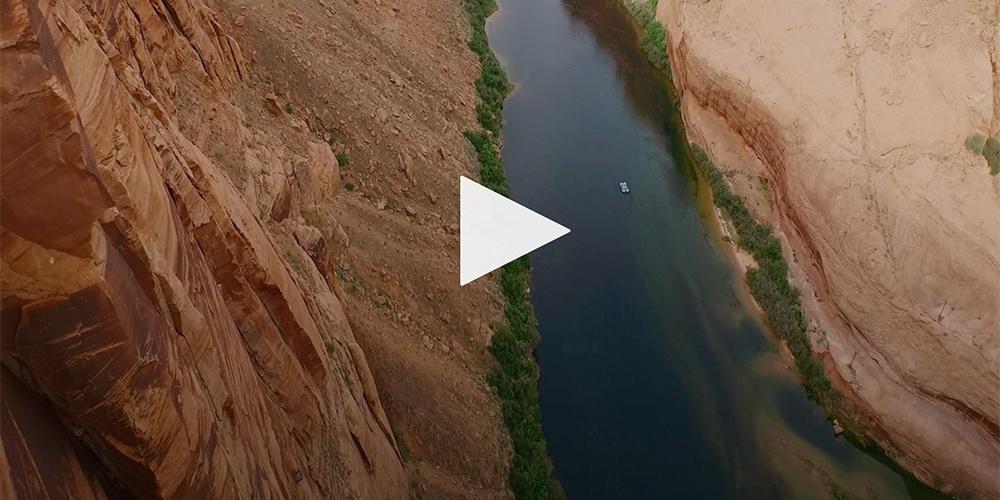
Climate Change Projections
The Colorado River streamflow is projected to decrease over the course of this century. The estimates range from about 5% to 15%. (Grades: 4-12)
Science
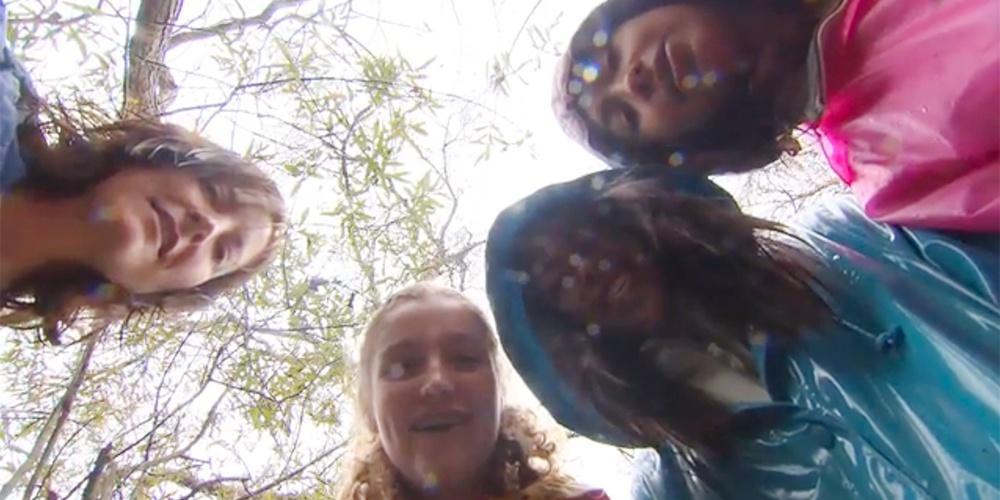
Habitat Havoc — SciGirls
The SciGirls talk with a mentor working in the field of ecology about her project comparing native willow trees and non-native palm trees. (Grades: 5-8)
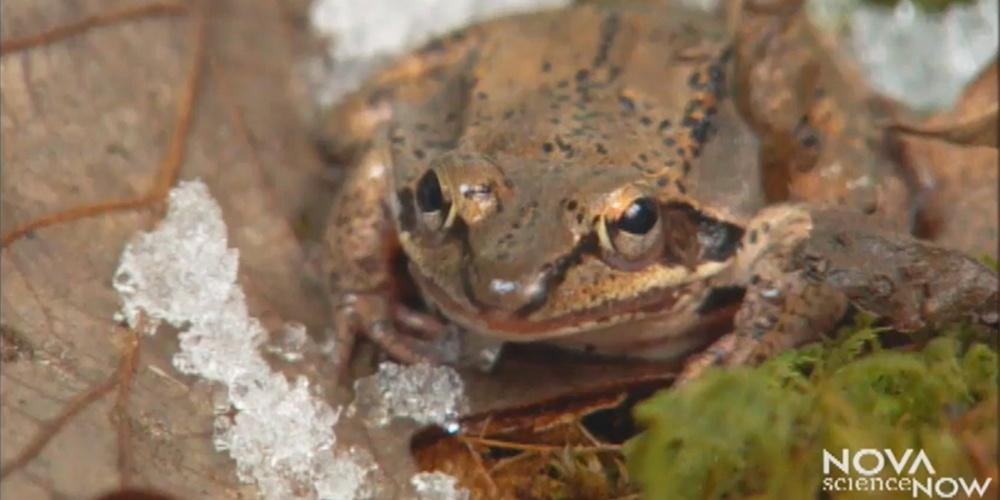
Frozen Frogs — Nova
Learn how the common wood frog survives the cold winter. Wood frogs are found in the northern United States and Canada and must endure freezing cold temperatures. (Grades: 6-12)
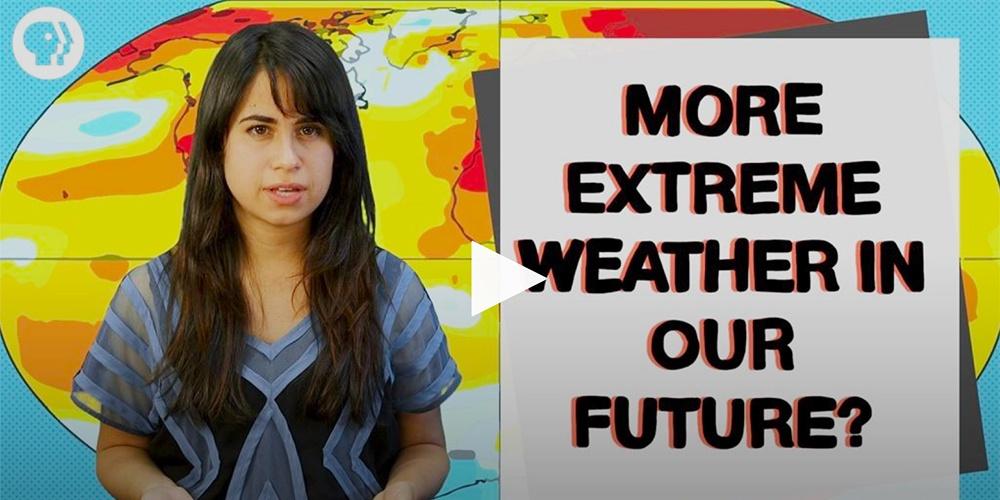
Does Climate Change Cause Extreme Weather? | Above the Noise
Fluctuations in weather happen all the time. But sometimes, those fluctuations can get extreme. What role does climate change play in extreme weather? (Grades: 6-12)
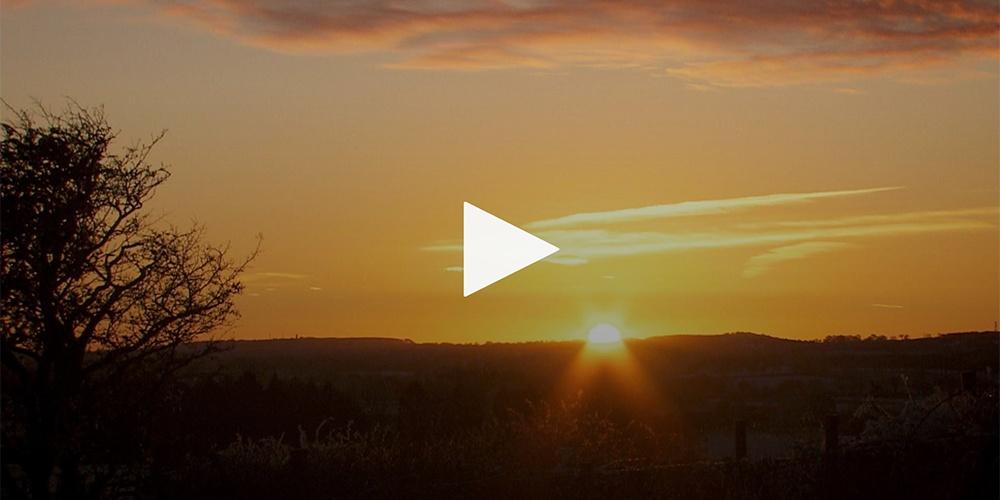
The Anatomy of the Sun | NOVA Labs
In this video from NOVA’s Sun Lab, learn about the Sun’s composition and structure. (Grades: 6-12)

How to See Time Travel
Build your own cloud chamber particle detector and test relativity at home! (Grades: 6-12)

Why isn't there an Eclipse Every Month?
Investigate how the orbits and relative positions of the Moon, the Sun, and Earth produce eclipses using this interactive lesson. (Grades: 6-8)

Gross Science | See Microbes with This DIY Phone Microscope
Learn how to see microbes with your phone, in this episode of Gross Science from NOVA. (Grades: 6-12)
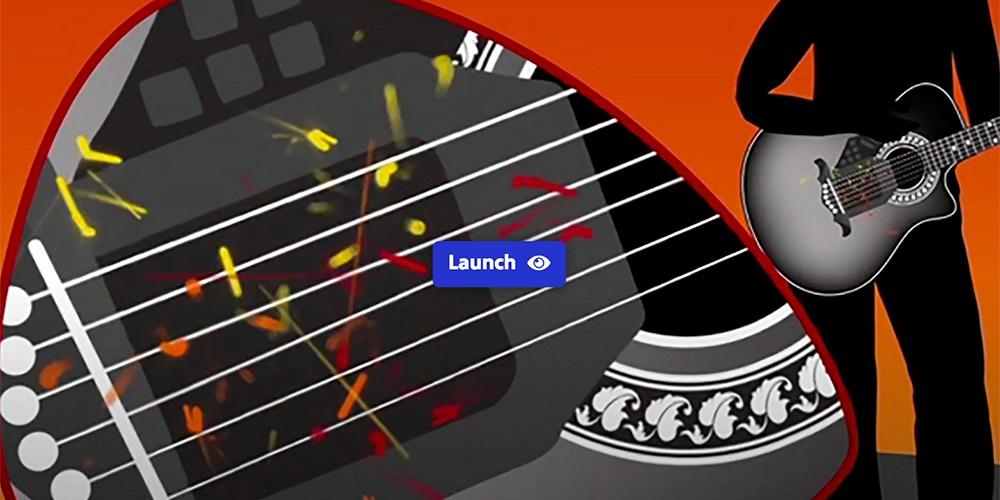
Sound Waves
Learn about sound waves, which move vibrations from one place to another through liquids, gases and solids, with this interactive lesson. (Grades: 6-12)
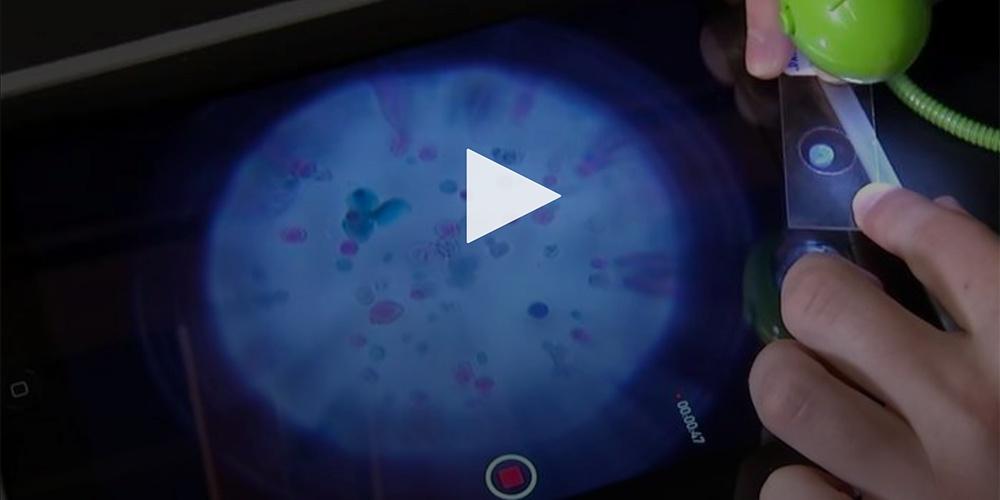
Turn Your Smartphone into a Science Lab
In this video from Inside Science, see how researchers at the University of Washington turn your smartphone into a microscope. (Grades: 6-12)
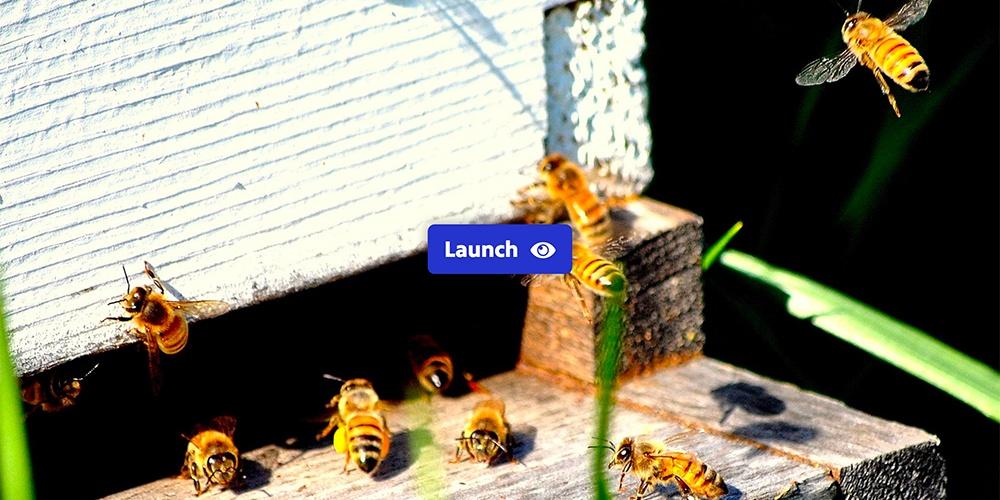
Reclaiming Habitat for Honey Bees
Explore the role of pollinators in the ecosystems they are a part of. In this interactive lesson, students will learn about the importance of honeybees. (Grades: 6-8)

The Energy Lab Interactive
In the research challenge, investigate what energy is, how it can be converted into useful forms, and why some sources are running low. (Grades: 6-12)
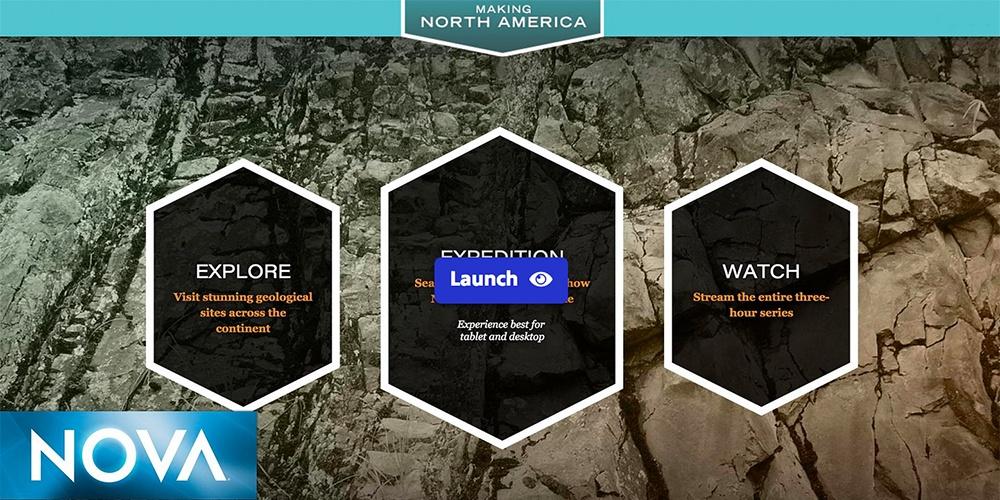
Making North America | Interactive Map
Discover how North America took its shape by visiting geological sites, searching for clues in the landscape, and viewing episodes from Making North America. (Grades: 6-12)
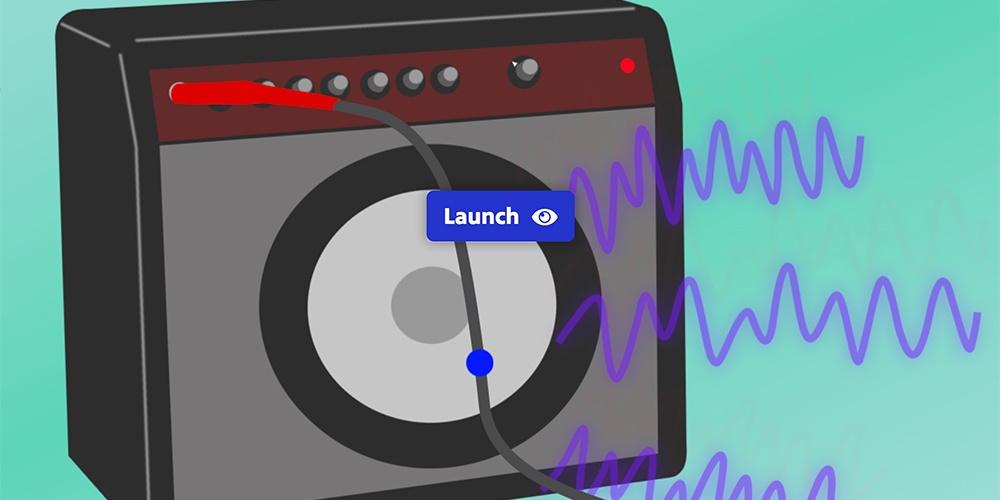
Mechanical Waves
Learn about mechanical waves, which transfers energy from one place to another through liquids, gases and solids, with this interactive lesson. (Grades: 6-12)
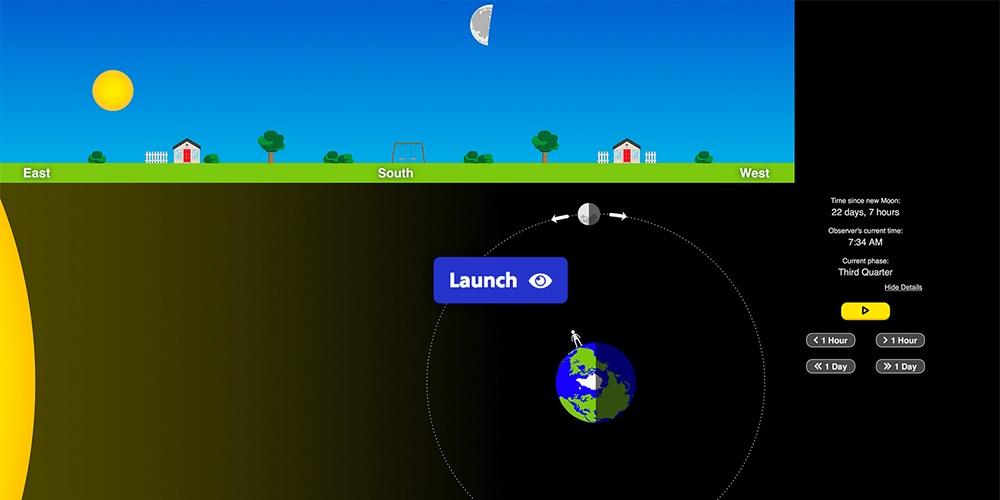
Moon Phases Simulation Viewed from Earth and Space
Relate observable Moon patterns to motions within the Earth–Sun–Moon system using this digital model from Astronomy Education at the University of Nebraska-Lincoln. (Grades: 3-5)
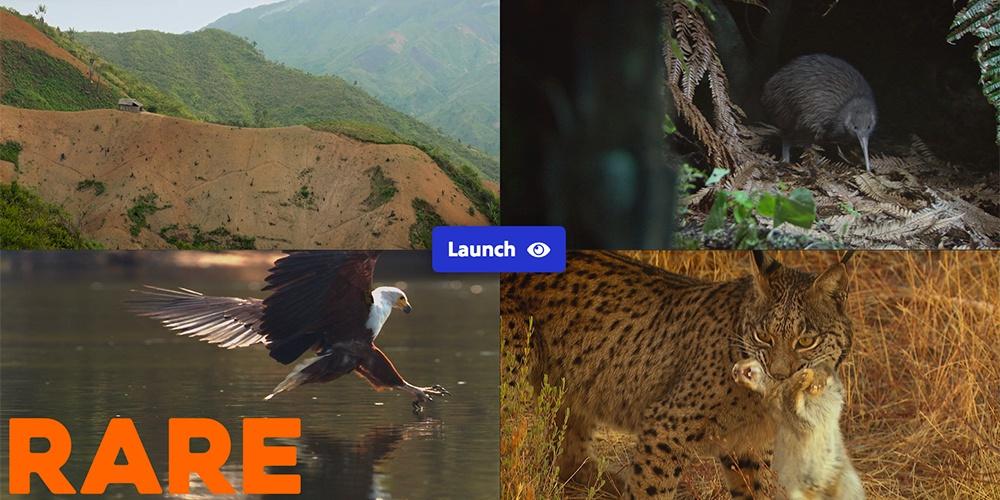
How Disruptions Affect Animal Populations
Students explore the effects that ecosystem disruptions can have on animal populations in this interactive lesson. (Grades: 6-9)

Water Cycle Animation | Clue into Climate
See what happens when there are changes in the regional water cycle. (Grades: 4-8)
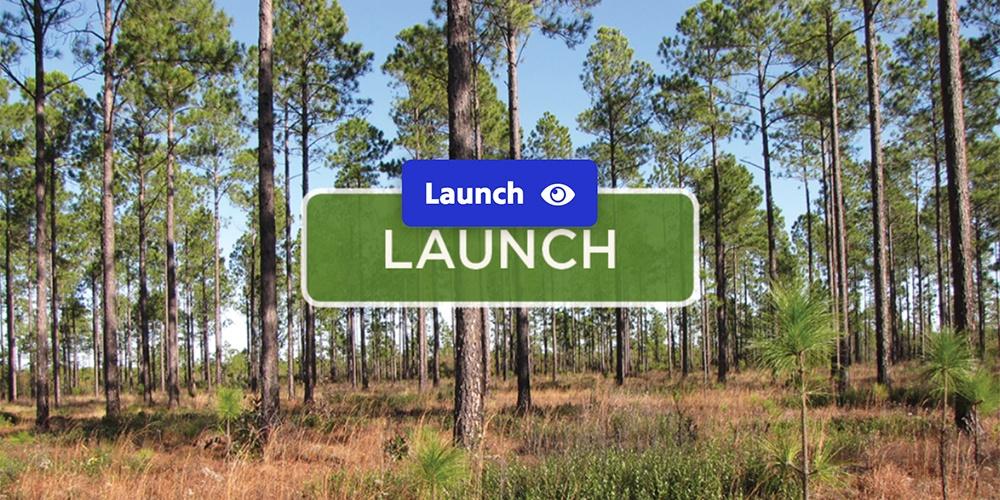
Georgia Forests — Virtual Learning Journey
Take an interactive journey through the working forests of Georgia to learn about forest ecosystems, food webs, life cycles and much more. (Grades: 3-6)
Social Studies
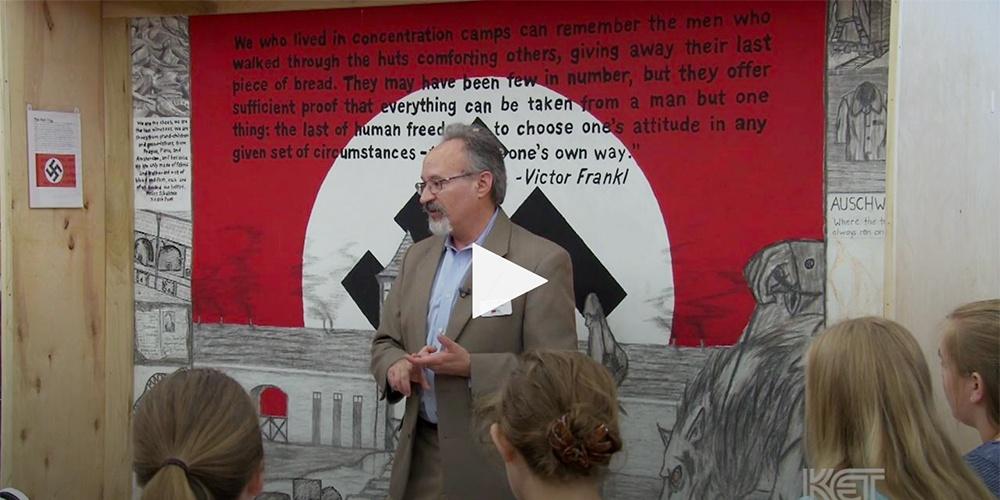
Auschwitz | Murals of the Holocaust
Jamner tells the story of how his mother and her family were discovered in hiding and sent to Auschwitz. (Grades: 6-12)
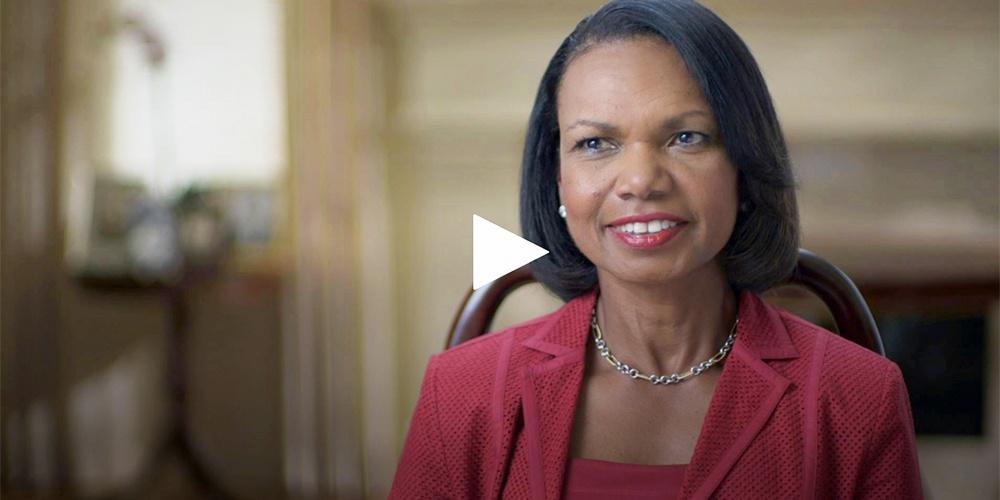
American Creed: Condoleezza Rice’s Family Matters
Former Secretary of State Condoleezza Rice and the Pulitzer Prize-winning historian David M. Kennedy come together to ask: what ideals do we share in common? (Grades: 6-12)
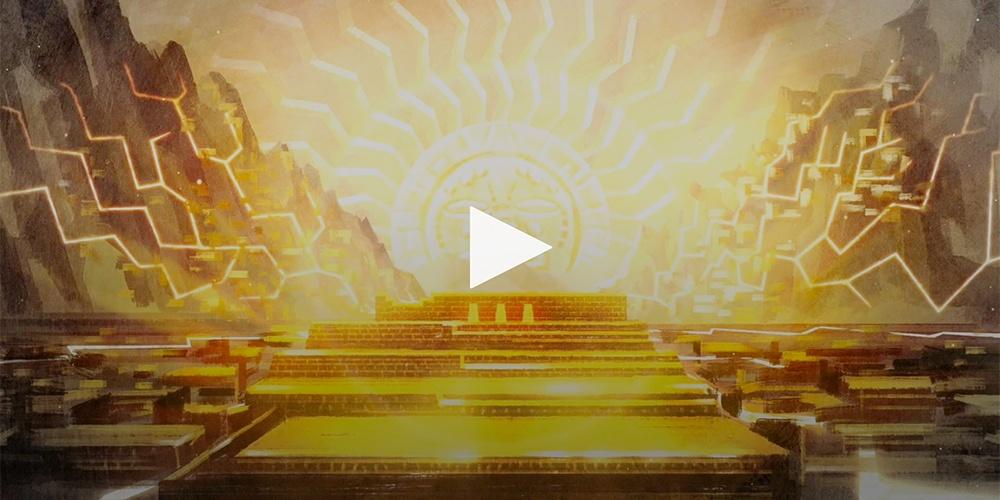
The Inca's Sacred City of Cuzco
At its height, the Inca ruled an Empire of 12 million people. The video describes a ceremonial network that allowed the Incan government to monitor its vast expanse. (Grades: 6-12)
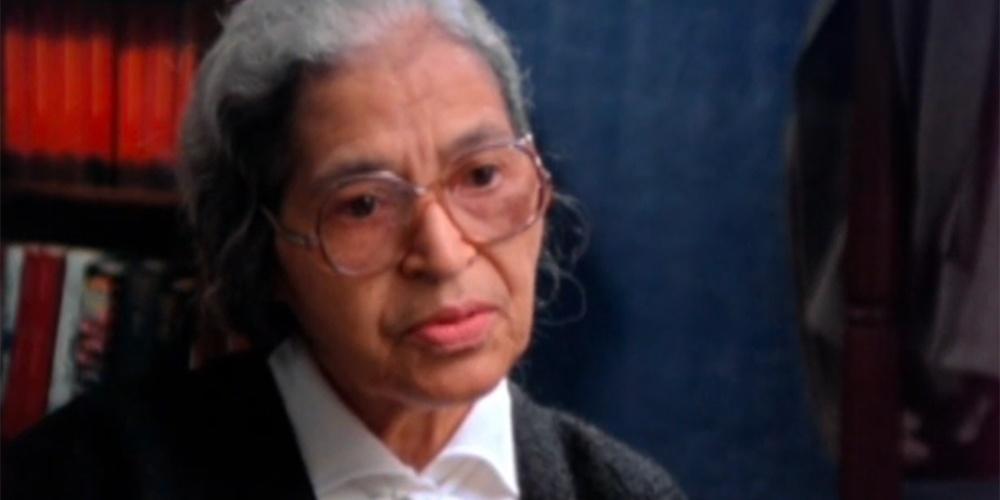
Rosa Parks
This interview with civil rights activist Rosa Parks describes her role in the Montgomery Bus Boycott. (Grades: 3-12)
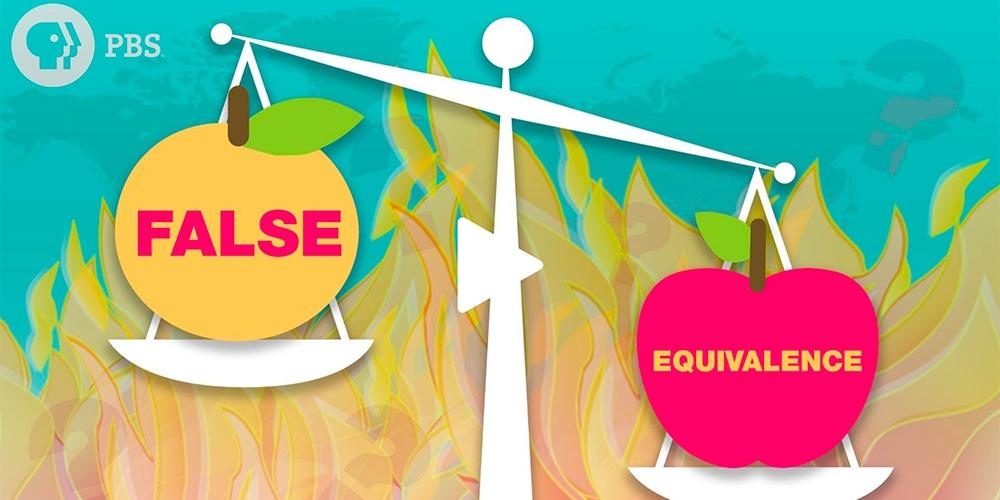
False Equivalence: Why It's So Dangerous
False equivalence: what does it mean, and why is it helping to spread misinformation online? (Grades: 6-12)
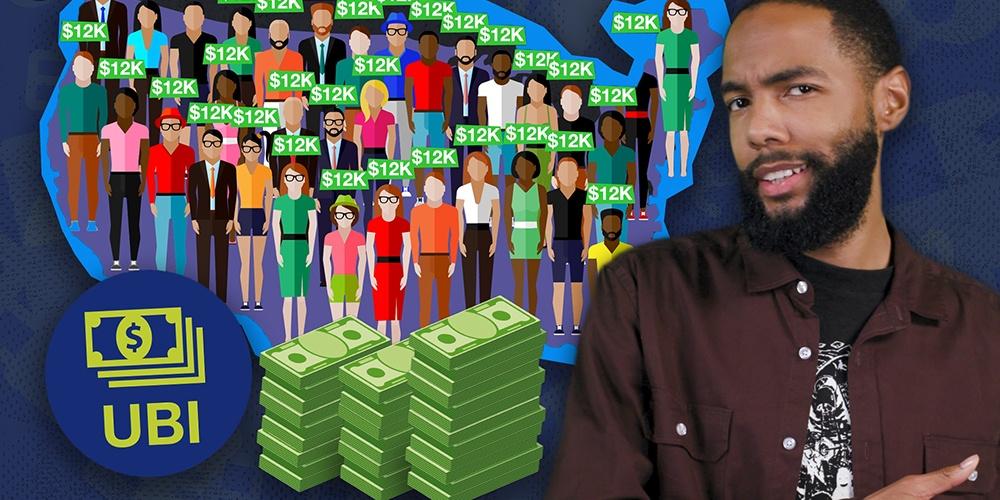
Should We Get Free Money from the Government?
This excerpt from Verdi’s Macbeth presents the character of Lady Macbeth as she manipulates her husband and reflects to herself when she is alone with her thoughts. (Grades: 6-12)
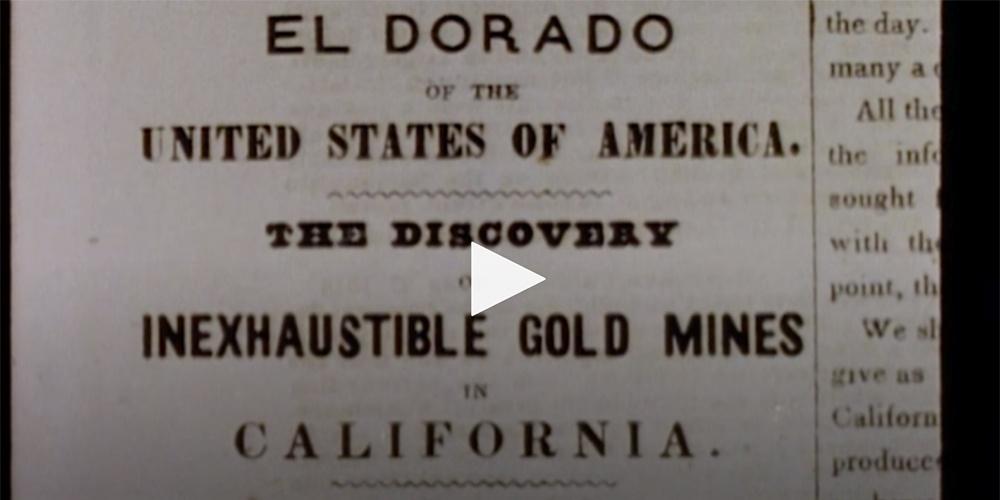
The Gold Rush (Ken Burns—The West)
In this activity, students will learn about the environmental and social changes brought about by the Gold Rush. (Grades: 6-12)

March 12, 2020 - News Quiz
This episode features stories about the 2020 presidential primaries, NASA's new Perseverance rover, a COVID-19 update, artificial intelligence and more. (Grades: 4-12)
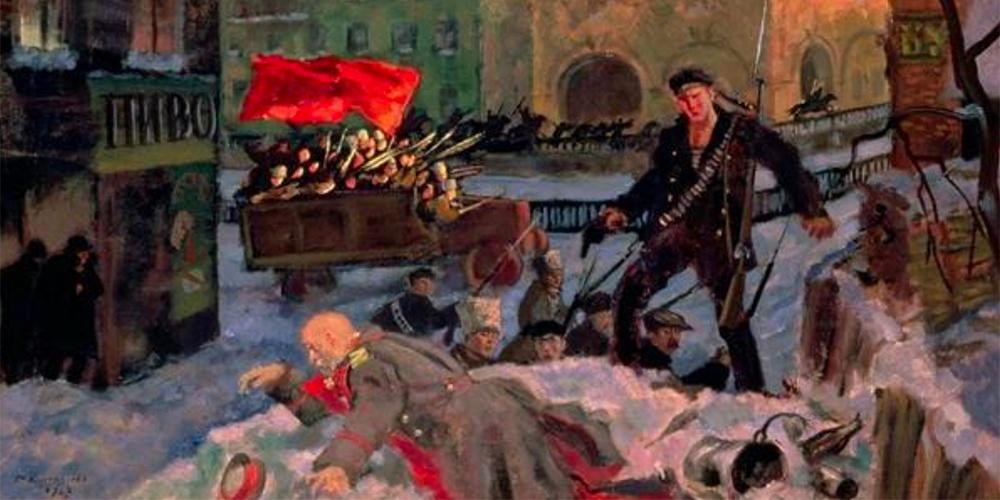
The Bolshevik Revolution - Lasting Effects
The images in this media gallery depict the transformations that occurred in Russia between 1914 and 1920. (Grades: 6-12)
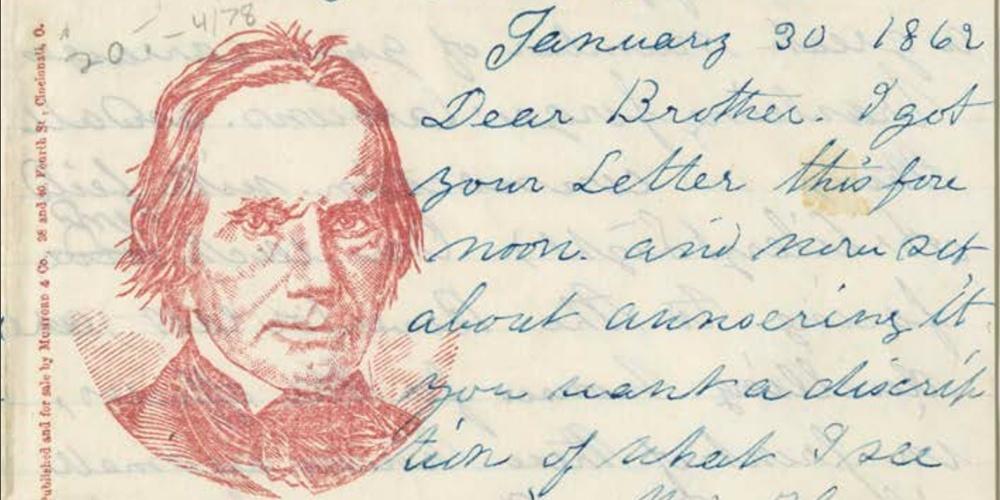
A Letter to My Brother
Students read a letter written by a soldier during the Civil War about his experiences. Students write a letter of their own to describe a personal experience. (Grades: 4-7)

Free Speech vs. Hate Speech
College campuses across the United States have found themselves at the center of a raging free speech debate. Can college campuses ban speakers? (Grades: 6-12)

Meriwether Lewis and William Clark - PBS World Explorers
Over a period of two years, Lewis and Clark successfully crossed the entire western half of the United States, mapping out the region while exploring its resources. (Grades: 4-8)
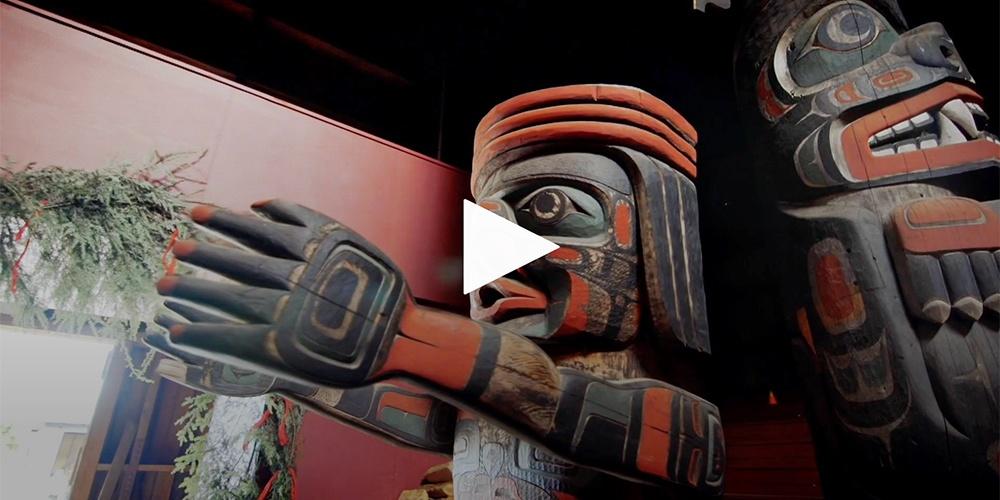
Cedar Trees & Totem Poles of Pacific Native Americans
Learn about the spiritual relationship between the Native American people of the Pacific Northwest and the cedar tree. (Grades: 6-12)
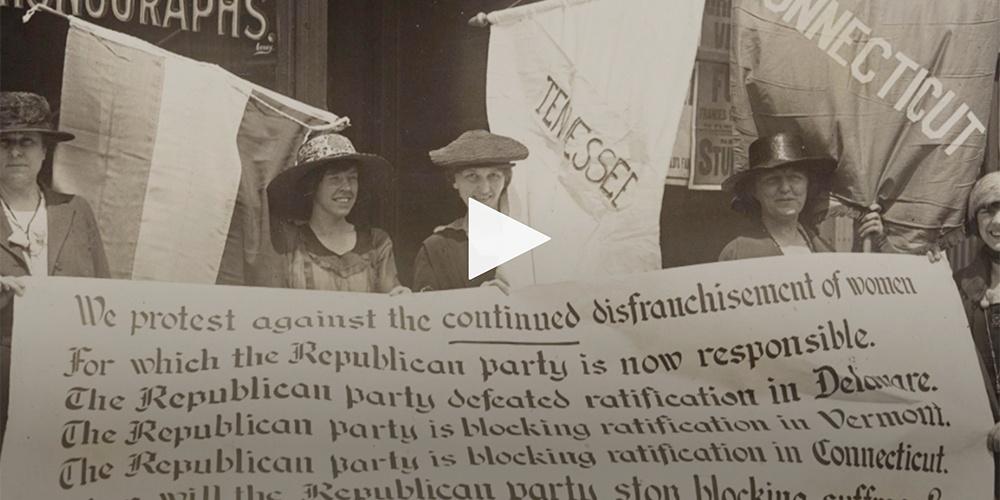
Suffrage - Soldier and Citizen
This excerpt from the full length documentary Soldier & Citizen gives a brief historical overview of the woman suffrage movement. (Grades: 5-12)
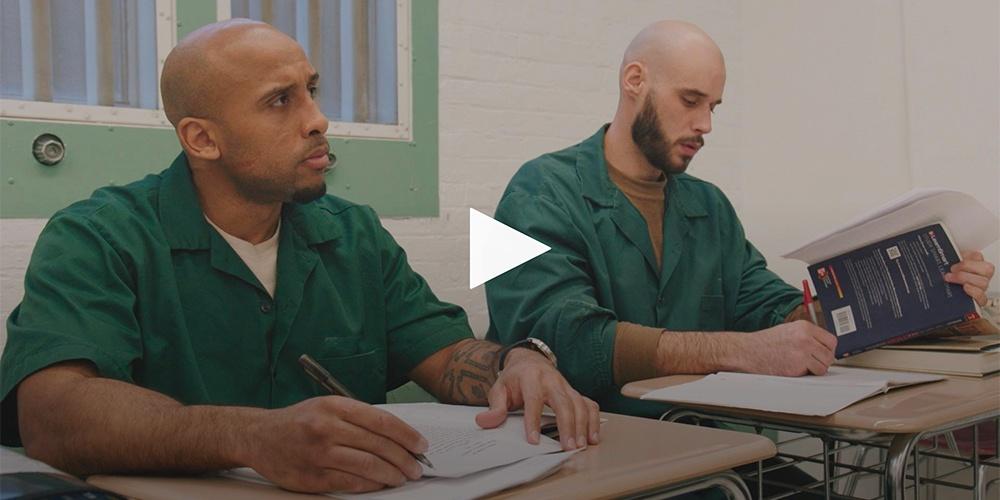
The Politics of College Programs in US Prisons
Since federal funding for prison education programs was eliminated, BPI is one of a limited number of college degree granting programs available in U.S. prisons. (Grades: 6-12)
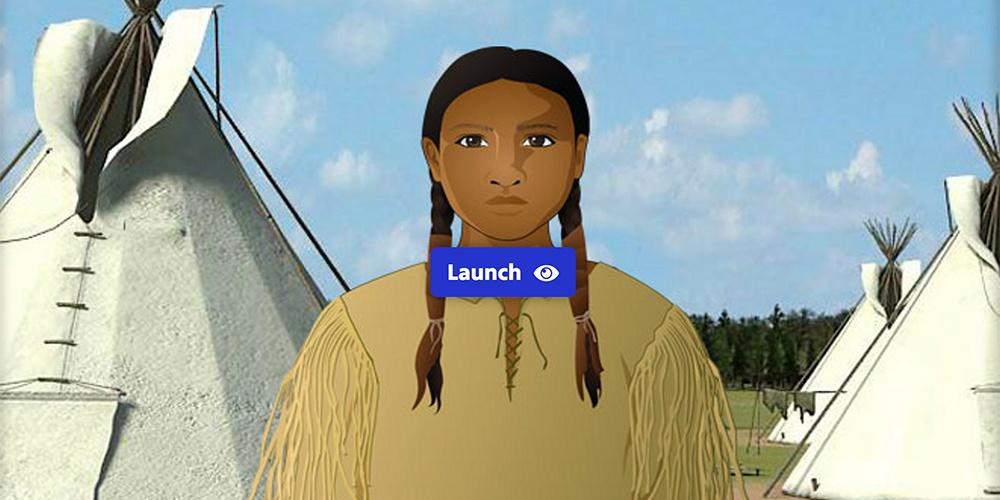
Mission US—A Cheyenne Odyssey
Players become Little Fox, a Northern Cheyenne boy whose life is changed by the encroachment of white settlers, railroads, and U.S. military expeditions. (Grades: 6-8)
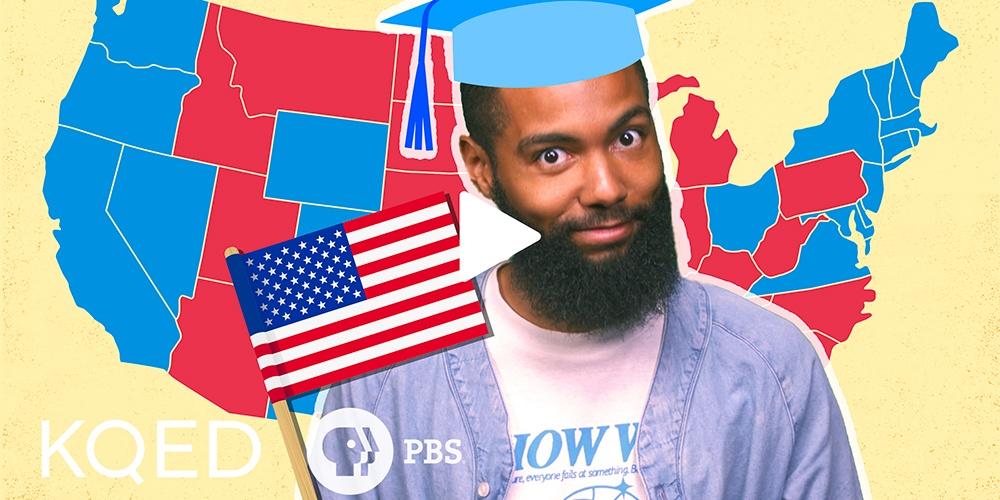
The Electoral College: Why Such a Big Debate?
With a new presidential election coming up, there’s lots of chatter about the value of the electoral college with critics asking is it time to get rid of it? (Grades: 6-12)
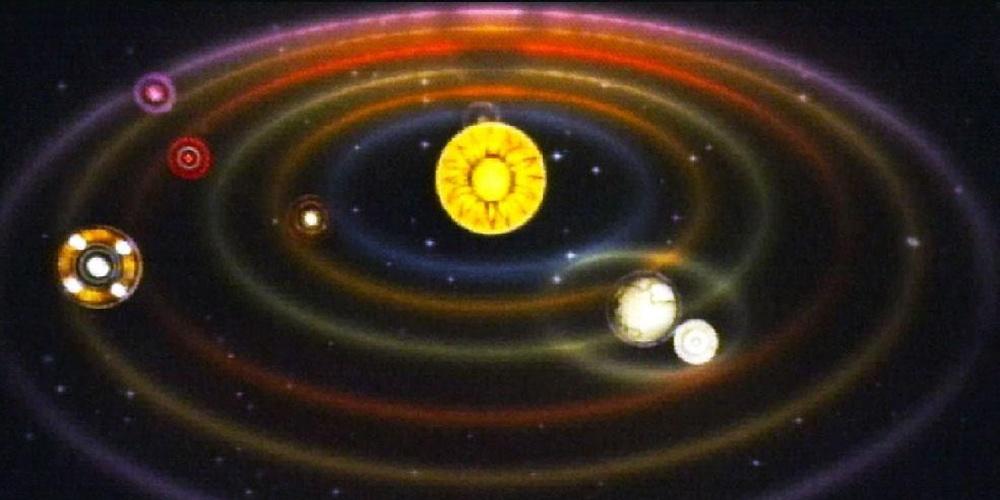
Galileo: Sun-Centered Universe
In this video segment adapted from NOVA, learn about the two opposing worldviews and the strong piece of evidence Galileo offered to support the heliocentric theory. (Grades: 3-12)
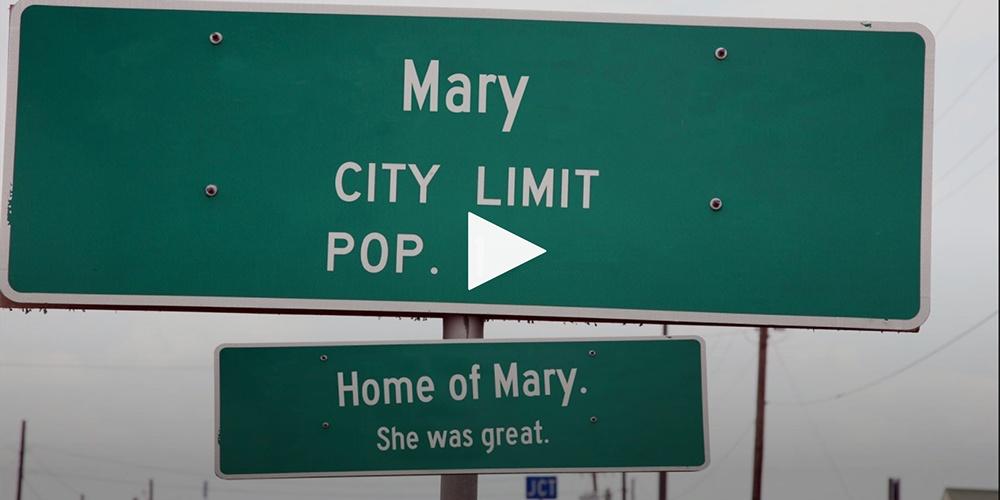
Know Ohio: How Ohio’s Cities Got Their Names
Explore how some Ohio cities were named after settlers, figures in history, other cities from around the world or by incorporating words from other languages. (Grades: 3-8)
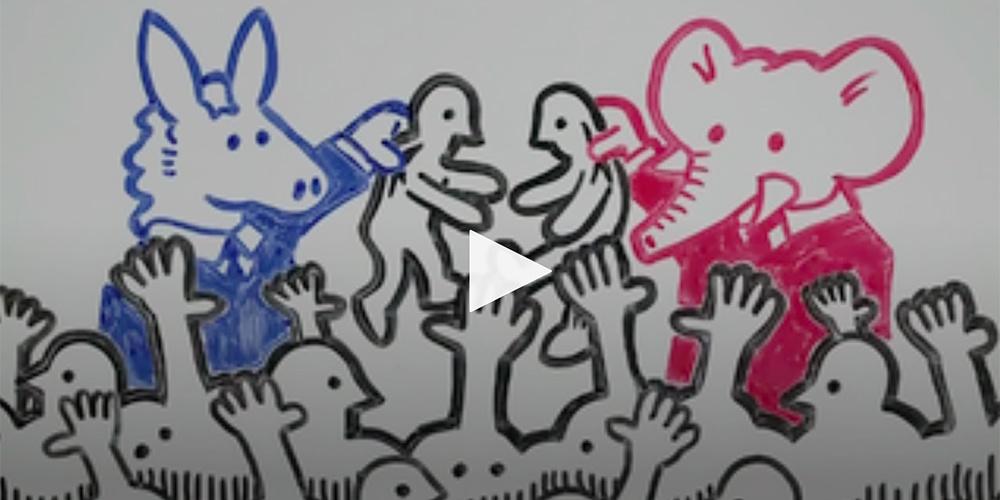
Getting the Nomination
There are a lot of people who want to be president. But when we vote, there's only a few names on the ballot. This video helps to understand the nomination process. (Grades: 6-12)
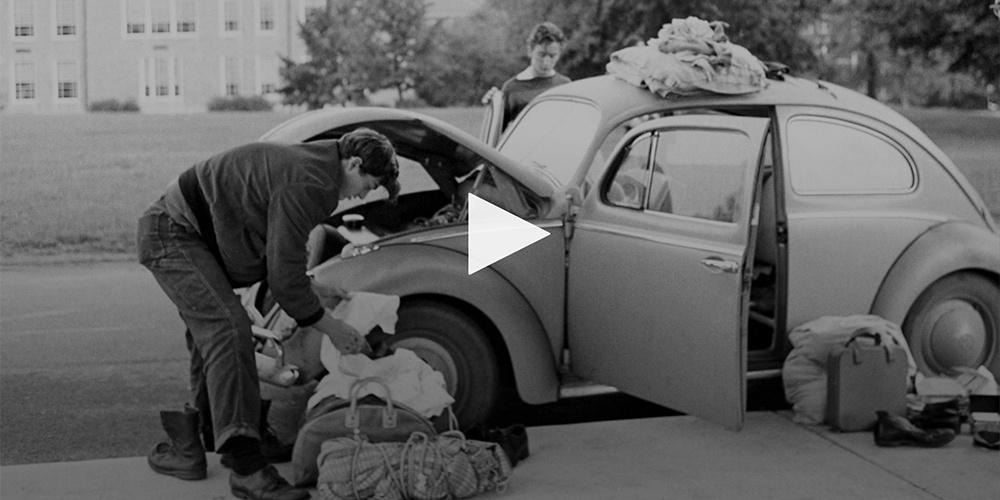
What was "Freedom Summer"?
This video introduces the events of 1964, when over 700 students, black and white, came to Mississippi to help black citizens combat forms of discrimination. (Grades: 7-12)
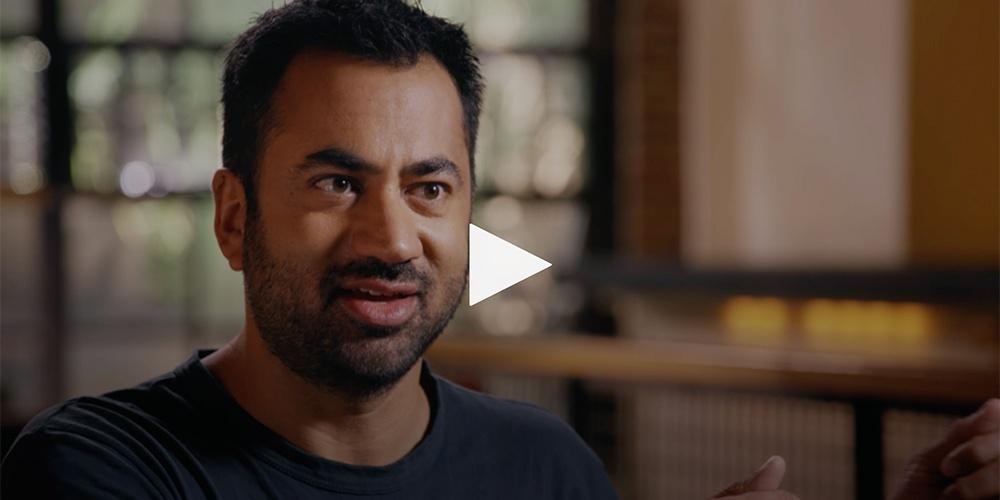
Kal Penn: Gandhi's Salt March
Actor and comedian Kal Penn’s was influenced by his maternal grandfather who marched with Gandhi in the Salt March, a protest against British imperialism. (Grades: 6-12)

George Washington | 60 Second Presidents
As far as Presidents go, none set more precedents than George Washington. Take a quick look back at the legacy of our very first leader. (Grades 4-12)
